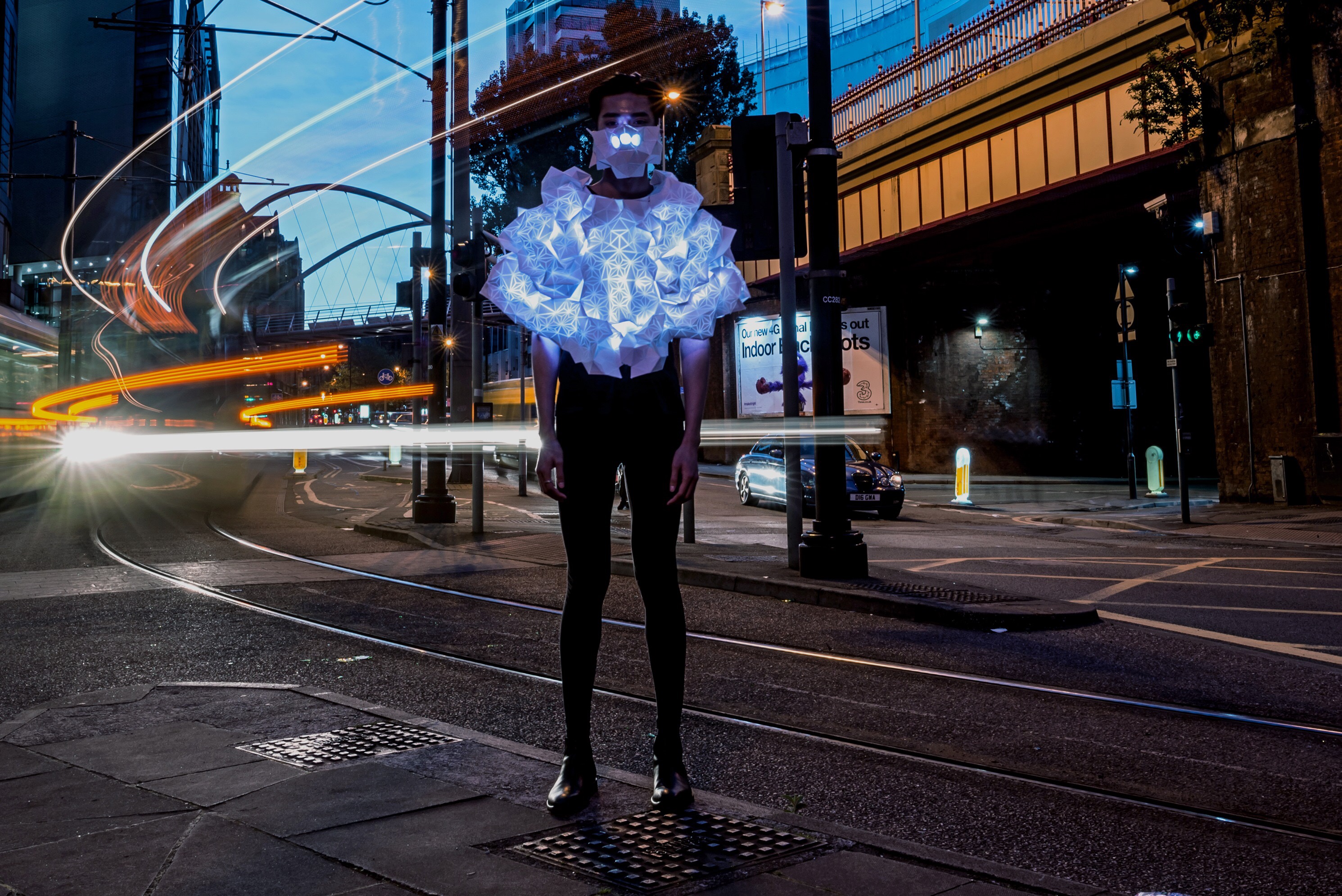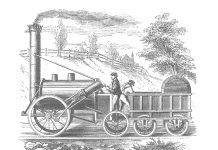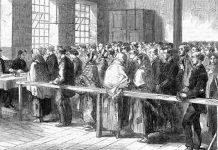Thousands of people are expected to visit the Science in the City festival later this month (22-29 July) offering an eclectic mix of discovery, debate and dramatic performances.
The full programme, offering 40, mostly free pop-up public events across the city in shopping centres, public buildings, open spaces and squares, is now available online at manchestersciencecity.com. From learning about the science behind cocktails, to the relationship between the Peppered Moth and pollution and why graphene is ballistic, the festival offers a week-long celebration of science.
This festival runs alongside the EuroScience Open Forum (ESOF), marking Manchester’s designation as European City of Science, and is designed to engage and inspire everyone, from the next generation of scientists to anyone of any age with an interest in the world we live in.
Among the highlights is Human Sensor, a groundbreaking art commission by new media artist Kasia Molga who has designed a highly specialised piece of wearable technology that lights up dramatically in response to the wearers breathing and air pollution data. A series of spectacular art performances on air pollution will take place around the city throughout the week.
Top Manchester chef, Mary-Ellen McTague, will be making an appearance in St Ann’s Square on 23 and 24 July at the Climate Change Café alongside the Allotment of the Future. With the help of the Real Junk Food Manchester and scientific experts from The Tyndall Centre for Climate Change Research, Mary-Ellen will star in an interactive cooking show about the possible menus of the future.
For younger visitors, and as a new addition to the Tiny Science series, Chester Zoo is running its Science of Saving Species drop-in sessions from 12pm-4pm at Manchester Cathedral on 26 July. Scientists from Chester Zoo will be on hand to show visitors how they use science to help look after and save endangered species like the Asian Elephant. They will be demonstrating some of the work they do around nutrition, animal behaviour, and conservation physiology, and field conservation.
Other Tiny Science events include Inflatable Museum at Manchester Cathedral and Pi: Platform for Investigation at Manchester Arndale. Also at Manchester Arndale is the Science of Me where shoppers can have a glimpse of their future self and see what they’ll look like as they age and what impact smoking and sun exposure could have on their skin.
The University of Manchester is opening the doors to its laboratories, many for the first time, for behind the scenes Open Labs tours and activities on 26 and 27 July. Giving the public an opportunity to explore real science, gain hands-on experience and delve into the heritage of the University, visitors can find out how to measure glacial ice movement, or take a tour of the Robotics Research Laboratory and the now world famous Graphene Institute.
As part of the Science Lates series, Dr Emily Howard will celebrate the life of the first computer programmer and pioneering mathematician, Ada Lovelace, daughter of Lord Byron. The dramatic and interactive short operatic work, Ada Sketches, will be performed at the Royal Northern College of Music on 27 July.
At Reanimate at Central Library on 29 July visitors can see a kidney working and a heart beating outside of the body, and explore the possibilities of external organs returning to life and learn more about organ transplants from Dr James Fildes, Principal Investigator at the Manchester Collaborative Centre for Inflammation Research.
See young scientists compete to explain their science in the most entertaining way at the European Science Slam at Manchester Town Hall on Monday 25 July. From 7pm they will try and answer some of life’s most crucial questions such does eye candy make you physically hungry? What does the symphony of the universe sound like? And can physics finally put a better battery in our phones? In this light-hearted event the audience also gets to score the researcher’s performances and a champion Science Slammer will be named at the end of the evening.
At the Science in the City festival base, located at Manchester Metropolitan University’s Number 70 Oxford Street, there will be free informal talks, discussions, debates and workshops with scientists and technologists from different disciplines. This will also be the location for the festival’s Artist in Residence, Di Mainstone, who will be developing her work Sensory Soundpit, which is inspired by the her research into the ways in which the brain responds to sound.
In addition to all of the events planned as part of the Science in the City festival, Saturday 23 July will also see the opening of the Museum of Science and Industry’s blockbuster Wonder Materials: Graphene and Beyond exhibition. Wonder Materials will take visitors on a scientific journey to discover the history of graphite and graphene from past, present and into the imagined future of a new materials landscape.
Dr Annie Keane, Director of the European City of Science Programme said: “We are really proud of the programme we are going to deliver with our partners. The depth and breadth of subject matter that will be covered is amazing and there really is something for everyone.
“We are grateful to all the institutions, organisations and individuals that have come together to make the Science in the City festival possible. It’s going to be wonderful to showcase science on this scale for a week-long celebration and we are really excited to see these events and activities come alive for everyone to enjoy.”
The festival has its very own SCIence MANchester app created by the University of Salford that tells people what’s on and where, using ‘walk-past’ technology. It includes content about the city’s past and present achievements in science and technology which is presented through an exciting blend of audio, video and virtual reality. It can be downloaded for free from the App Store from 12 July.







